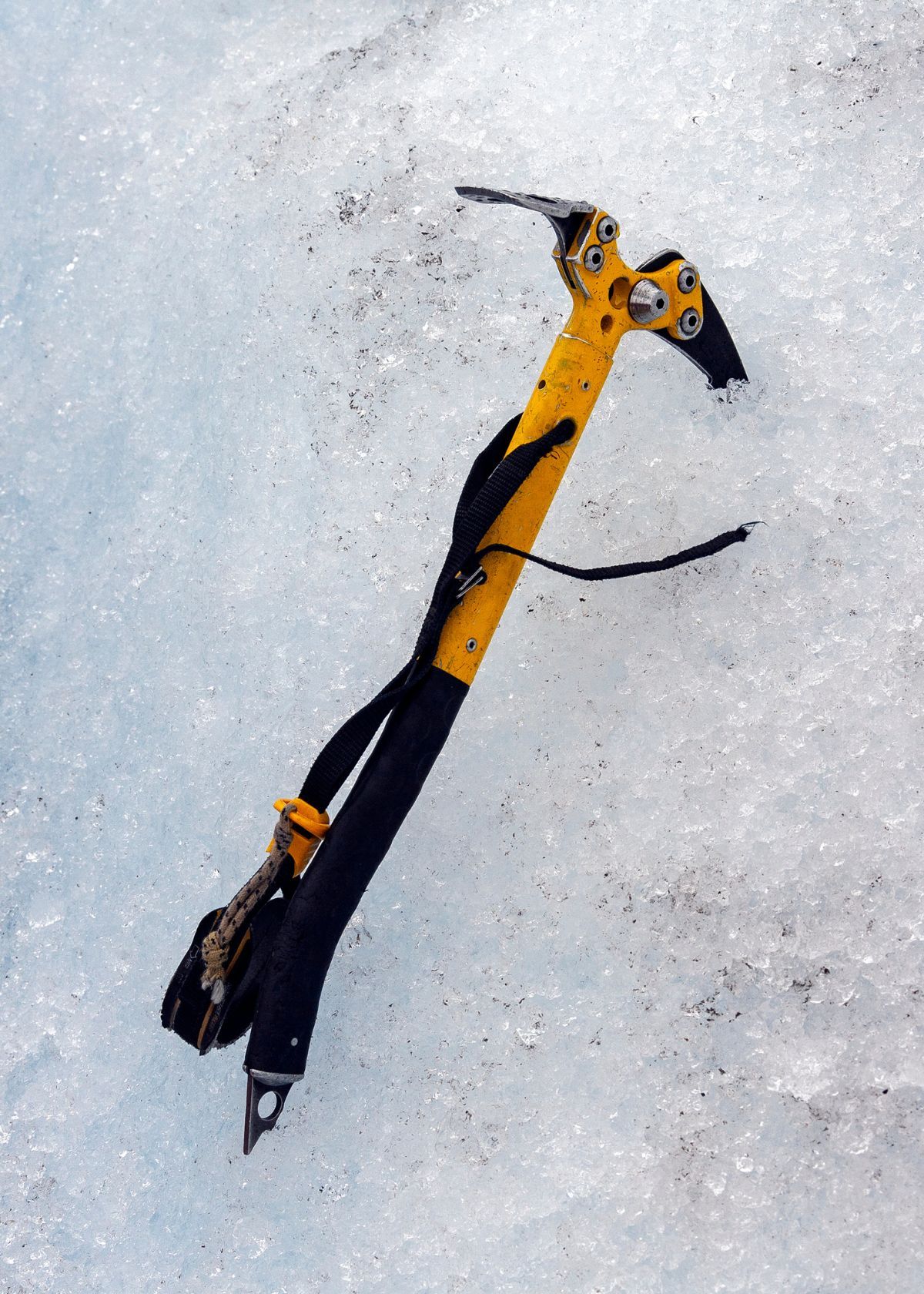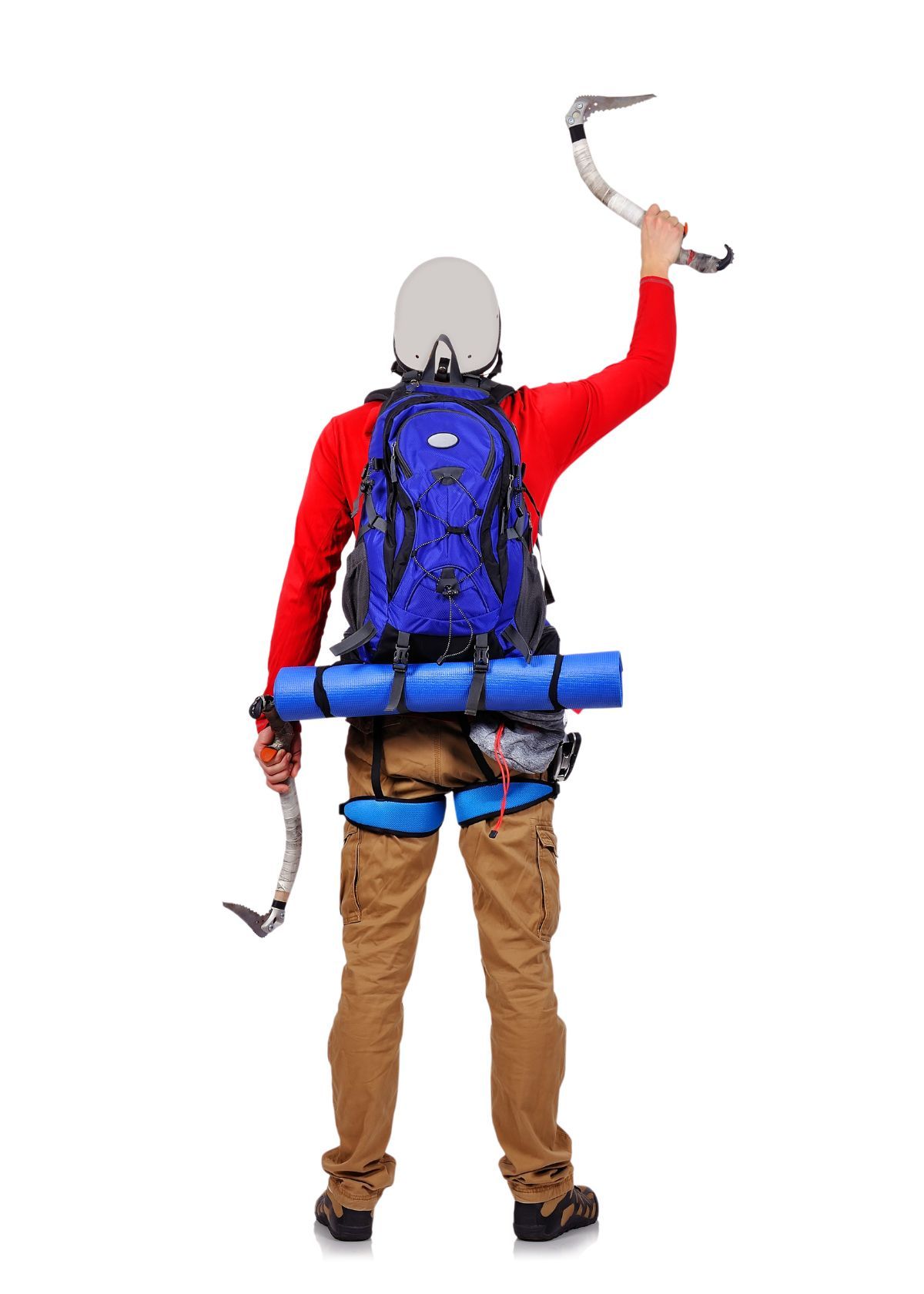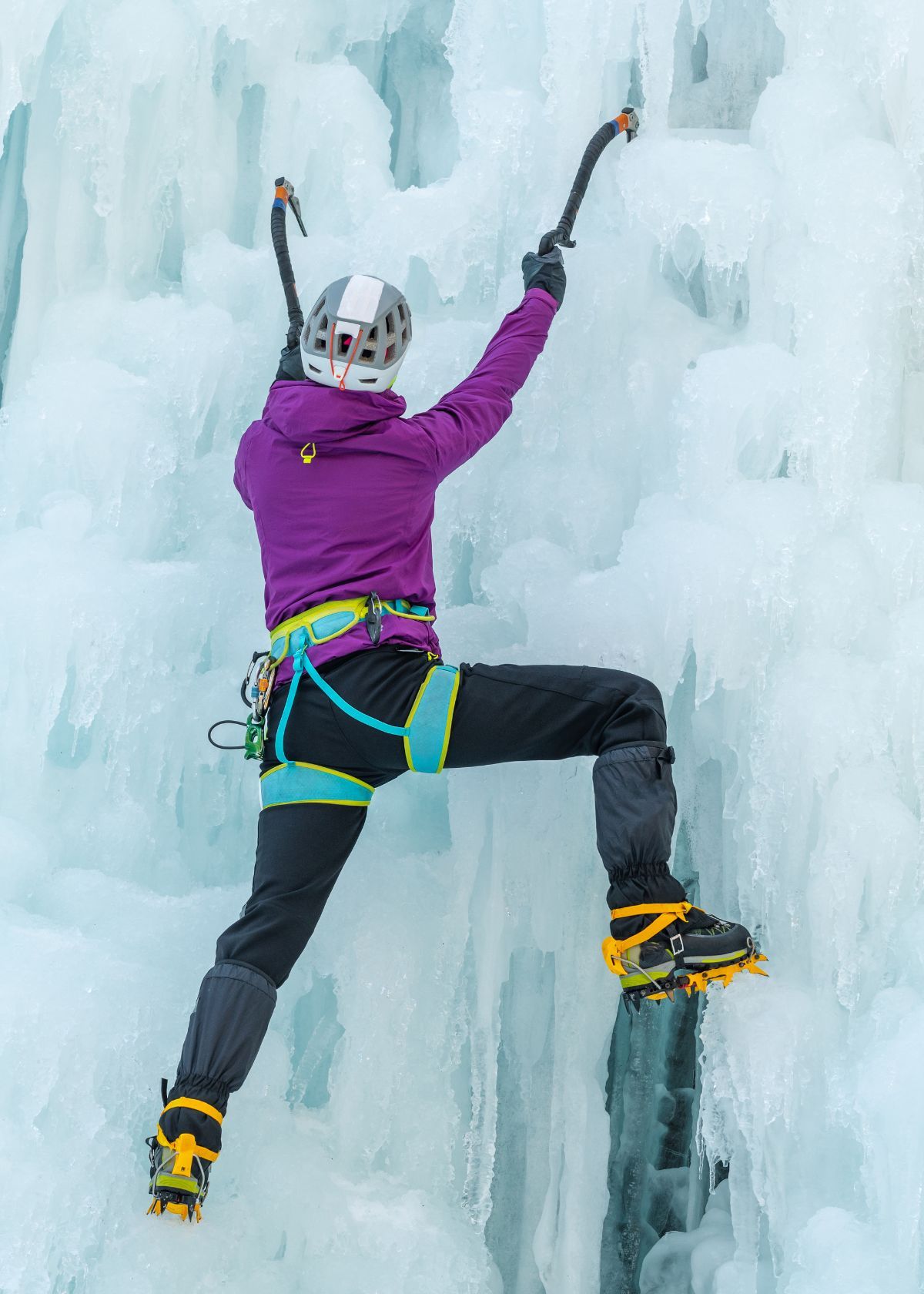How to Use an Ice Axe for Hiking? Get the most out of your ice axe on your next hiking adventure with our comprehensive guide to using this essential tool.
An ice axe is a versatile tool that can help you traverse icy, snow-covered terrain while hiking in cold climates. Knowing how to use an ice axe correctly and safely is important before heading out on your next adventure. This article will introduce using an ice axe for hiking and discuss the basics of using it safely and effectively.
First and foremost, it's important to understand that an ice axe isn't necessary for all types of hikes - only those with icy patches or snowy sections. Therefore, you must prepare accordingly by researching the conditions of the hike before setting off.

Tips to Use an Ice Axe for Hiking
How to Use an Ice Axe for Hiking? When using an ice axe for hiking, it is important to practice caution and follow certain tips to stay safe. Here are some tips for using an ice axe for hiking:
1. Choose the right size of an ice axe. Make sure that the length of your ice axe is appropriate for you; pick one that's just a short length, so you can safely handle it while walking on uneven surfaces.
2. Understand how to hold the shaft and head of the ice axe correctly. This will help ensure a secure grip when walking on snow and icy patches.
3. Get used to self-arresting with your ice axe. Self-arresting is essential in case you slip or slide down a slope. It involves using the ice axe to stop yourself from sliding further down the slope.
4. Learn how to use your ice axe for kick-stepping, which is stepping into a shallow depression and then using your ice axe to kick it deeper to climb up and down steep terrain securely.
5. Practice setting an anchor with your ice axe by placing it into the ground at a 45-degree angle and then wrapping a rope around it before you ascend or descend any vertical terrain.
6. If using an ice axe on snowy slopes, practice plunging it into the snow in lines (called "rappelling") while walking downhill to maintain balance.
7. Always take the necessary safety precautions and wear appropriate protective gear when using an ice axe for hiking, such as crampons and a helmet.
With these tips in mind, you can safely use an ice axe for hiking and enjoy your outdoor adventure without any worries!
Can You Use an Ice Axe for Climbing?
Yes, you can use an ice axe for climbing. It is a versatile tool that you can use to ascend and descend steep terrain covered in snow or ice. The ice axe allows climbers to self-arrest if they start to slide down the mountain; it also provides stability when walking on icy surfaces.
In addition, ice axes are often used for crevasse rescue and glacier travel. They come in various shapes depending on the terrain you travel through. Most have curved heads at the top with sharpened picks at the bottom to dig into the snow and provide stability. Some even have built-in features such as hammering heads and adzes for chopping steps into hard snow or ice.
Using an ice axe for climbing requires a certain level of skill and experience. Practicing using the axe before tackling any steep terrain is important, as improper use can lead to serious injury or death. With proper knowledge and practice, however, an ice axe can be invaluable when exploring the great outdoors in winter conditions.
Do I Need an Ice Axe for Hiking?
When it comes to hiking, the answer to whether you need an ice axe is not a simple yes or no. It depends on where you plan to go and what type of terrain you will be traversing.
If you plan a mountain hike involving mountaineering, then an ice axe is certainly necessary. This tool can help provide stability when crossing patches of snow and ice and serve as an anchor if you slip or fall into a crevasse.
Alternatively, if your hike is mostly over rocky trails with little chance of encountering significant snow or ice coverage, carrying an ice axe may be unnecessary and add more weight than needed. Ultimately, it is up to you as the hiker to assess your route and decide whether or not carrying an ice axe is necessary.
If you decide to bring an ice axe, make sure it is the correct size for your height and weight. Research what types of ice axes are available and find one that fits your needs best. Additionally, be sure to practice proper safety techniques while hiking with an ice axe, such as always properly securing it when crossing icy terrain or traversing a glacier. This will ensure that you have a safe and successful hike!
How Do You Carry an Ice Axe on a Backpack?
It is important to properly secure an ice axe when carrying it in a backpack. The most common way to do this is by strapping the axe shaft across the middle of your back with two loops of webbing or rope and then attaching it securely to both shoulder straps with carabiners or quick-release buckles.
This will ensure that the axe will stay in place even if you take off your pack without having to unclip it from one side or the other. It also helps keep your hands free from other tasks while hiking. Before setting out, make sure all connections are tight and double-check before each use.
Conclusion
We hope now you know the answer to “How to Use an Ice Axe for Hiking?” When it comes to using an ice axe for hiking, safety must always come first. Check the weather before heading out, and be aware of any changing conditions during your hike.
Wear appropriate clothing and carry the proper supplies, including a survival kit. Be sure to familiarize yourself with the proper technique and have someone demonstrate how to use an ice axe correctly before attempting it yourself. With time and practice, you may even become comfortable enough with your skills to modify techniques for various terrain!











